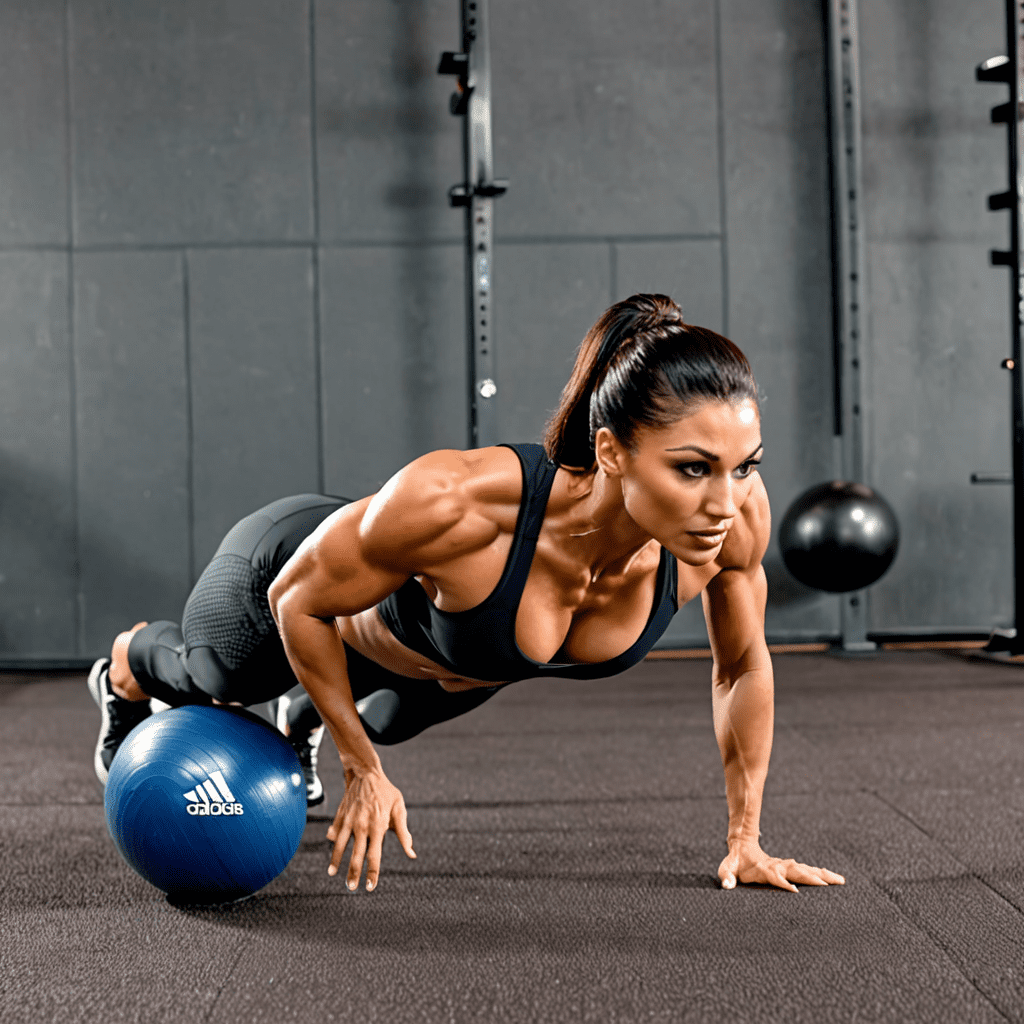
Master the Stability Ball: Perfecting Push-Up Technique
Incorporating a stability ball into your push-up routine can add an extra dimension to your workout. This versatile piece of equipment not only increases the difficulty of the exercise but also engages the core and stabilizing muscles, offering a more comprehensive workout. With the correct technique, you can master the stability ball push-up and reap its benefits. Here’s how to do push-ups on a stability ball effectively.
Choosing the Right Stability Ball
Before embarking on stability ball push-ups, it’s crucial to select the right-sized ball. The diameter of the ball should allow your hips to be level with or slightly above the height of your shoulders when in a push-up position. This ensures proper alignment and minimizes the risk of injury.
Setting Up for Success
Position the stability ball on the floor and kneel in front of it. Carefully roll onto the ball, allowing it to move under your body until your hands are flat on the floor and the ball is positioned under your thighs. Walk your hands forward until the ball rolls under your shins. Your body should now be in a plank position with your hands on the floor and your shins and feet resting on the stability ball.
Executing the Push-Up
With the correct starting position, you are ready to perform the stability ball push-up. Keep your core engaged and maintain a straight line from head to heels. Lower your chest toward the floor by bending your elbows, ensuring they are at a 45-degree angle to your body. Push through your palms to extend your arms and return to the starting position. Aim for controlled and deliberate movements to maximize effectiveness.
Modifications and Progressions
If you are new to stability ball push-ups, consider starting with a modified version by placing the ball under your knees instead of your shins. Once you have mastered this variation, challenge yourself by moving the ball further up your legs, ultimately reaching the advanced level where the ball is under your feet. Adjust the difficulty to suit your fitness level and gradually progress as you build strength and stability.
Maintaining Safety and Proper Form
As with any exercise, safety and proper form are paramount. Avoid overarching your back or sagging your hips during the push-up. Maintain a strong core to stabilize your body and prevent any unnecessary strain on your lower back. If you experience discomfort, reassess your positioning and consider seeking guidance from a fitness professional.
FAQ
Q: Can stability ball push-ups help improve my core strength?
A: Yes, stability ball push-ups engage the core muscles to a greater extent than traditional push-ups, leading to improved core strength and stability over time.
Q: Are stability ball push-ups suitable for beginners?
A: Beginners can start with modified versions of stability ball push-ups, gradually progressing to more advanced variations as they build strength and stability.
Q: What precautions should I take when performing stability ball push-ups?
A: It’s essential to choose the right-sized stability ball to ensure proper alignment and reduce the risk of injury. Additionally, maintaining proper form and engaging the core throughout the exercise is crucial for safety and effectiveness.
Mastering stability ball push-ups requires practice and patience, but the benefits to your overall strength and stability make it a worthwhile addition to your fitness routine. Incorporate these techniques into your workout regimen and enjoy the enhanced challenge and rewards of stability ball push-ups.


